Canna Lily Fertilization – Tips For Feeding A Canna Lily Plant
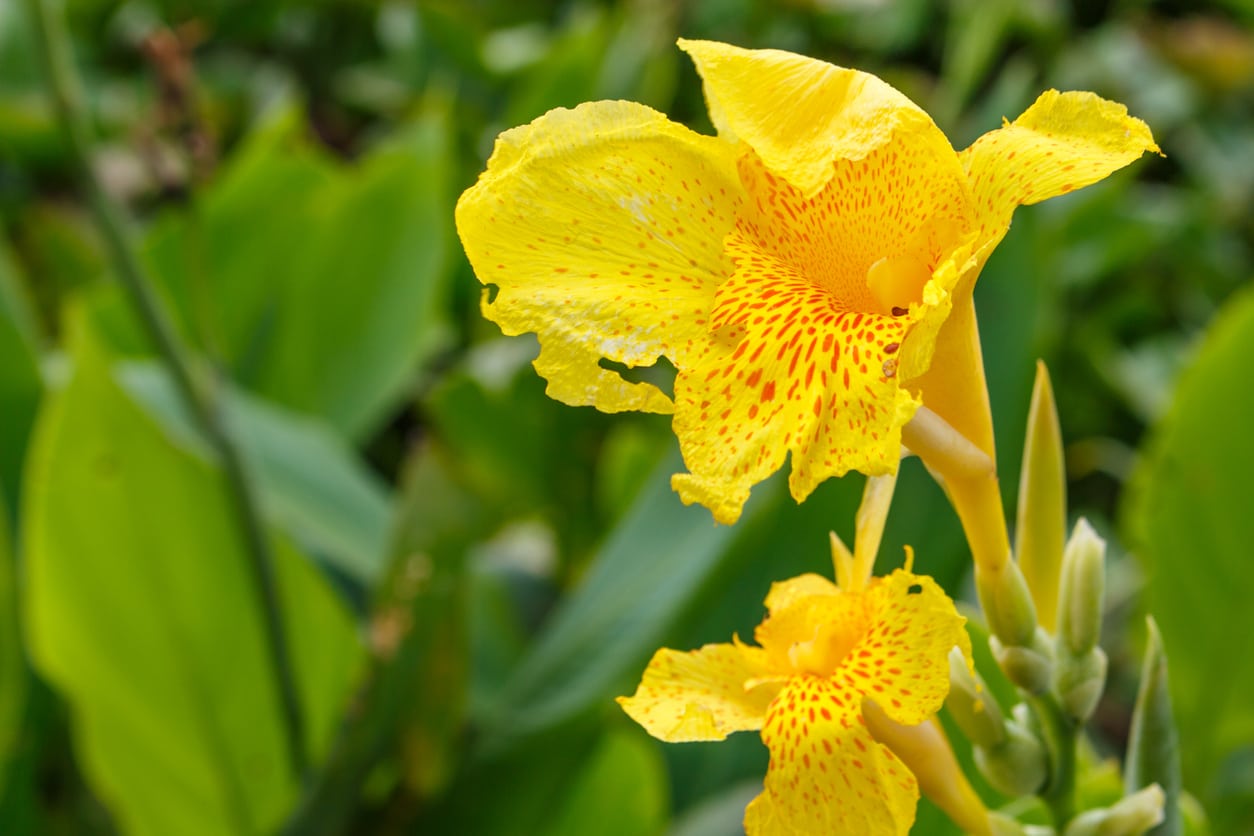

Fertilizing canna lilies will ensure these stunners in your garden or your indoor containers will thrive and produce the most beautiful flowers and foliage. These plants love nutrients, so don’t skip this step in growing canna lilies. Doing it right means that you can enjoy flowers throughout the growing season.
Feeding a Canna Lily Plant
These beautiful flowering perennials are a staple in warm-climate gardens because they provide color, flowers, height, and pretty, striking leaves. They also pack a lot of punch for little effort. The flowers are fairly low maintenance, but they do require a good supply of nutrients to thrive. Since they love rich, nutrient-dense soil, it’s best to start with a good layer of organic matter. Use 2 to 4 inches (5-10 cm.) of compost or other organic material in your flower bed or containers to create a rich soil environment. Canna lily fertilization is also important. Creating organic-rich soil is just a starting point. These plants benefit from regular fertilization to keep growing and producing flowers. Use a 5-10-5 or 10-10-10 fertilizer. For the former, the application rate should be about 2 pounds per 100 square feet (about 1 kg. per 9.29 sq. m.) and for the latter just 1 pound per 100 square feet (454 g. per 9.29 sq. m.). Make sure you follow each application with plenty of water.
When to Fertilize Canna Lilies
Knowing how much to feed canna lily plants is important, but so too is the timing and frequency. You should start fertilizing in early spring and continue to add fertilizer once a month. Make your last application of fertilizer about six weeks before you expect the first frost. This schedule of fertilizing will ensure you get blooms throughout the summer and into the fall. Providing your canna lilies with a lot of nutrients will guarantee you get tall, healthy plants that bloom regularly. To encourage flowering even more, deadhead individual blooms as they die back.
Gardening tips, videos, info and more delivered right to your inbox!
Sign up for the Gardening Know How newsletter today and receive a free copy of our e-book "How to Grow Delicious Tomatoes".

Mary Ellen Ellis has been gardening for over 20 years. With degrees in Chemistry and Biology, Mary Ellen's specialties are flowers, native plants, and herbs.
-
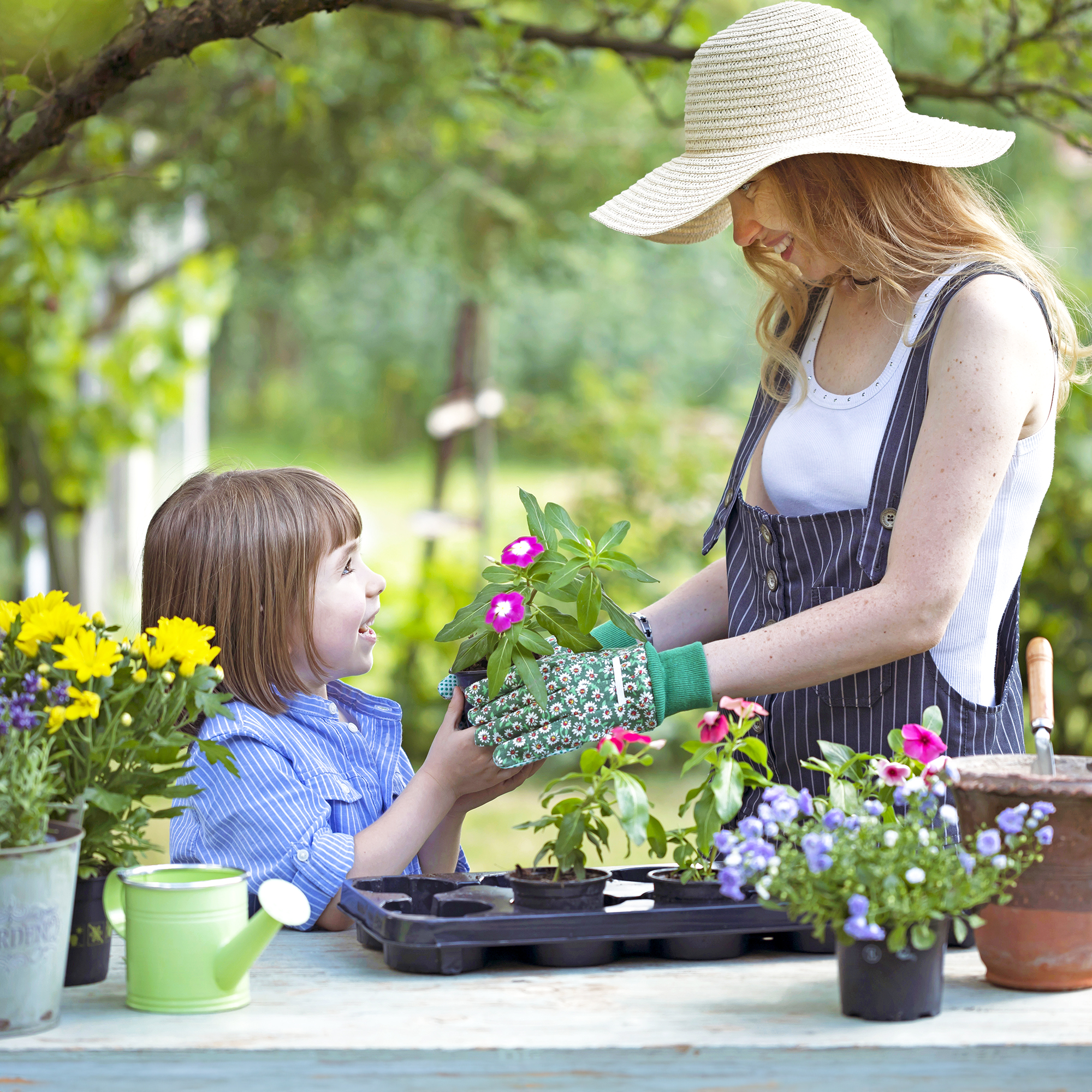 12 Mother’s Day Garden Gifts That Celebrate Moms Who Love To Grow
12 Mother’s Day Garden Gifts That Celebrate Moms Who Love To GrowAll Moms deserve to feel special on Mother’s Day, so treat her to a thoughtful gardening gift that helps her get the most out of her hobby.
By Melanie Griffiths
-
 Never Plant Seedlings Until They Pass These 3 Simple Tests
Never Plant Seedlings Until They Pass These 3 Simple TestsDon't be over-eager to transplant seedlings into the garden before they are ready. These quick and easy checks will help ensure flourishing plants.
By Mary Ellen Ellis
-
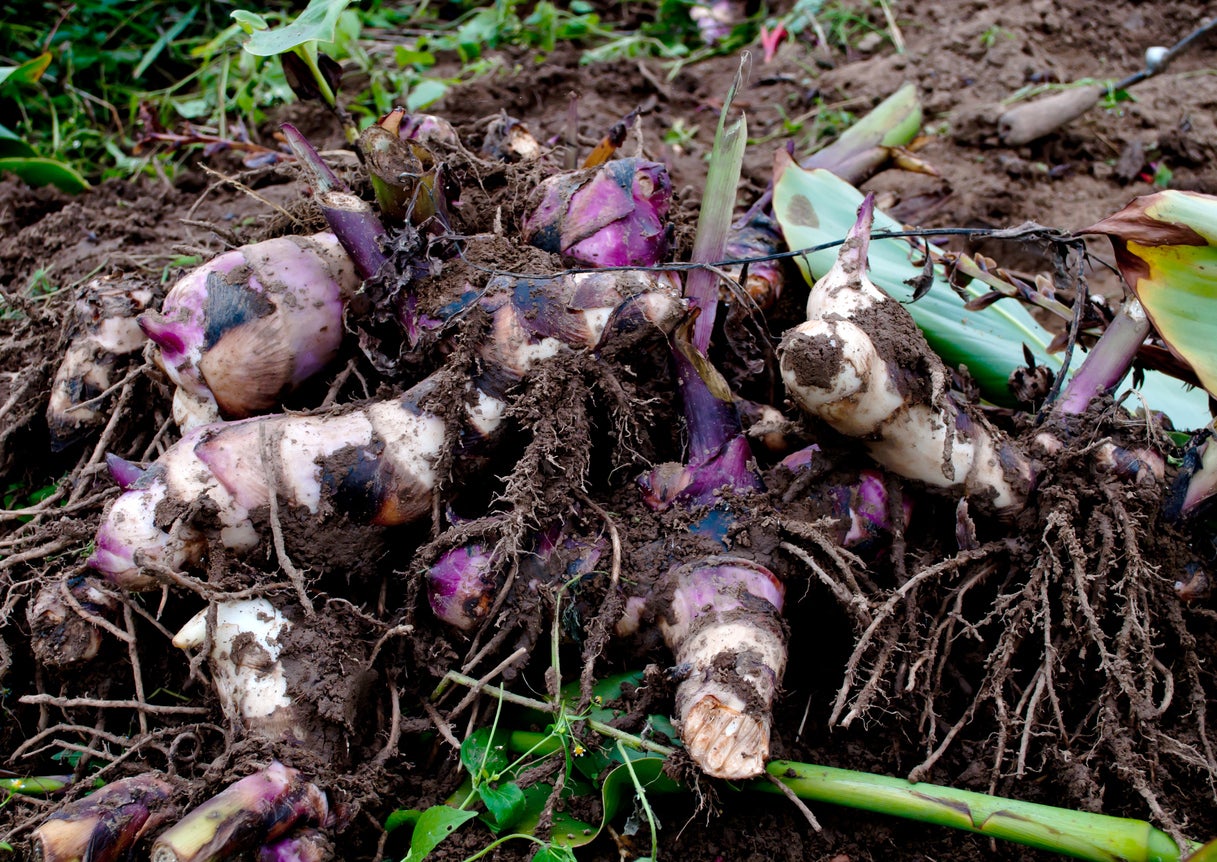 Canna Lily Rot: What Causes Rotting Canna Rhizomes
Canna Lily Rot: What Causes Rotting Canna RhizomesCanna flowers grow as a beautiful, long-lasting summer to fall display in the flower bed. In northern areas, they need to be dug and stored over winter for rhizomes to remain alive. But what happens when canna rhizomes are rotting? Learn about canna lily rot here.
By Becca Badgett
-
 Why Won’t My Cannas Bloom – What To Do When Your Canna Will Not Flower
Why Won’t My Cannas Bloom – What To Do When Your Canna Will Not FlowerWhether grown permanently in the ground or dug up and replanted each season, age and other factors can reduce the vigor of canna blooms. If you are experiencing no flowers on a canna plant, this article is for you. Click here for more information.
By Darcy Larum
-
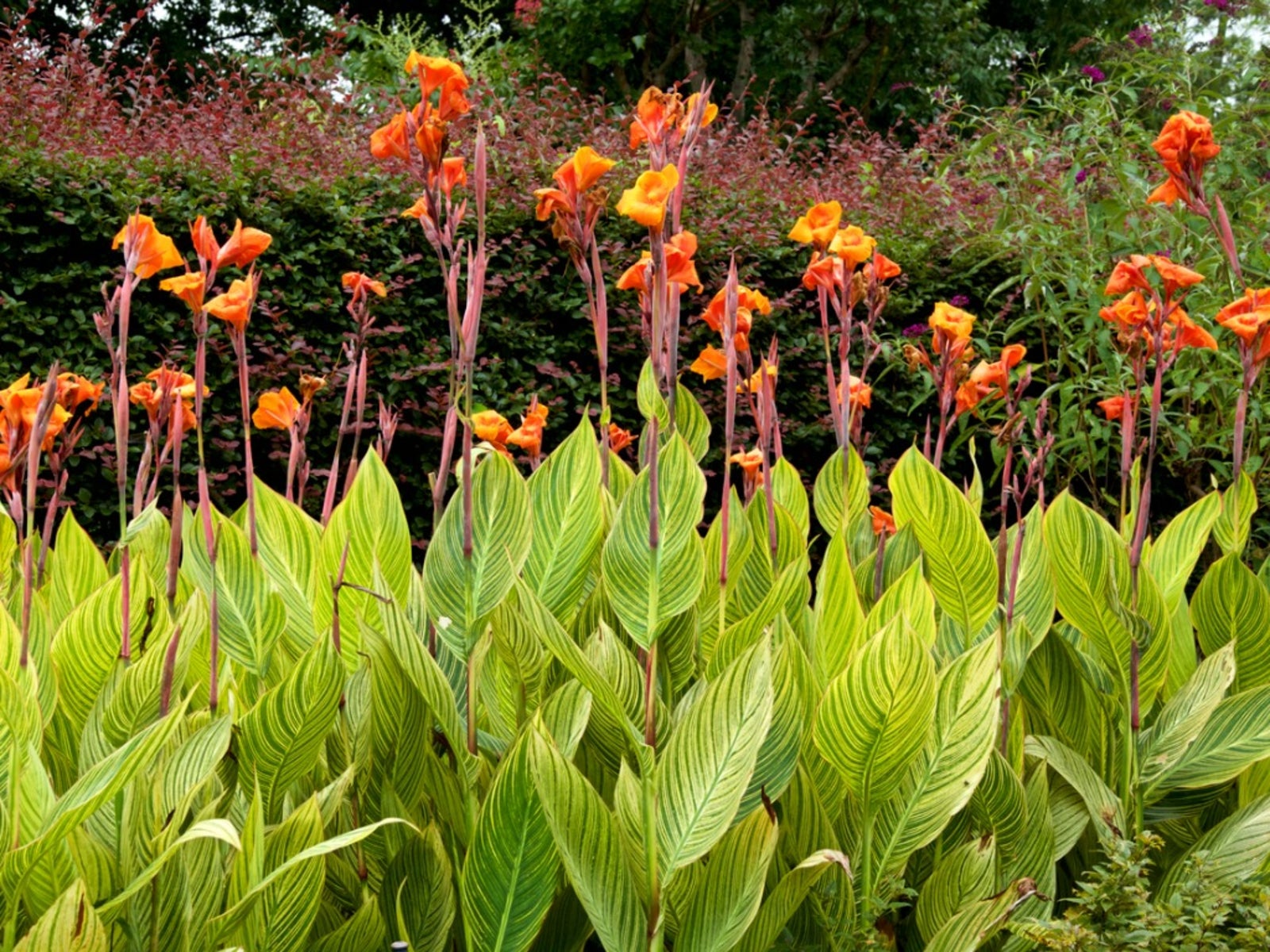 What Is Canna Rust: Learn How To Treat Rust On Canna Leaves
What Is Canna Rust: Learn How To Treat Rust On Canna LeavesAs showy as they are, canna plants are susceptible to a variety of issues, one of which is rust on canna leaves. What is canna rust? Click here for information on canna rust, including canna rust symptoms and tips for treating cannas with rust.
By Amy Grant
-
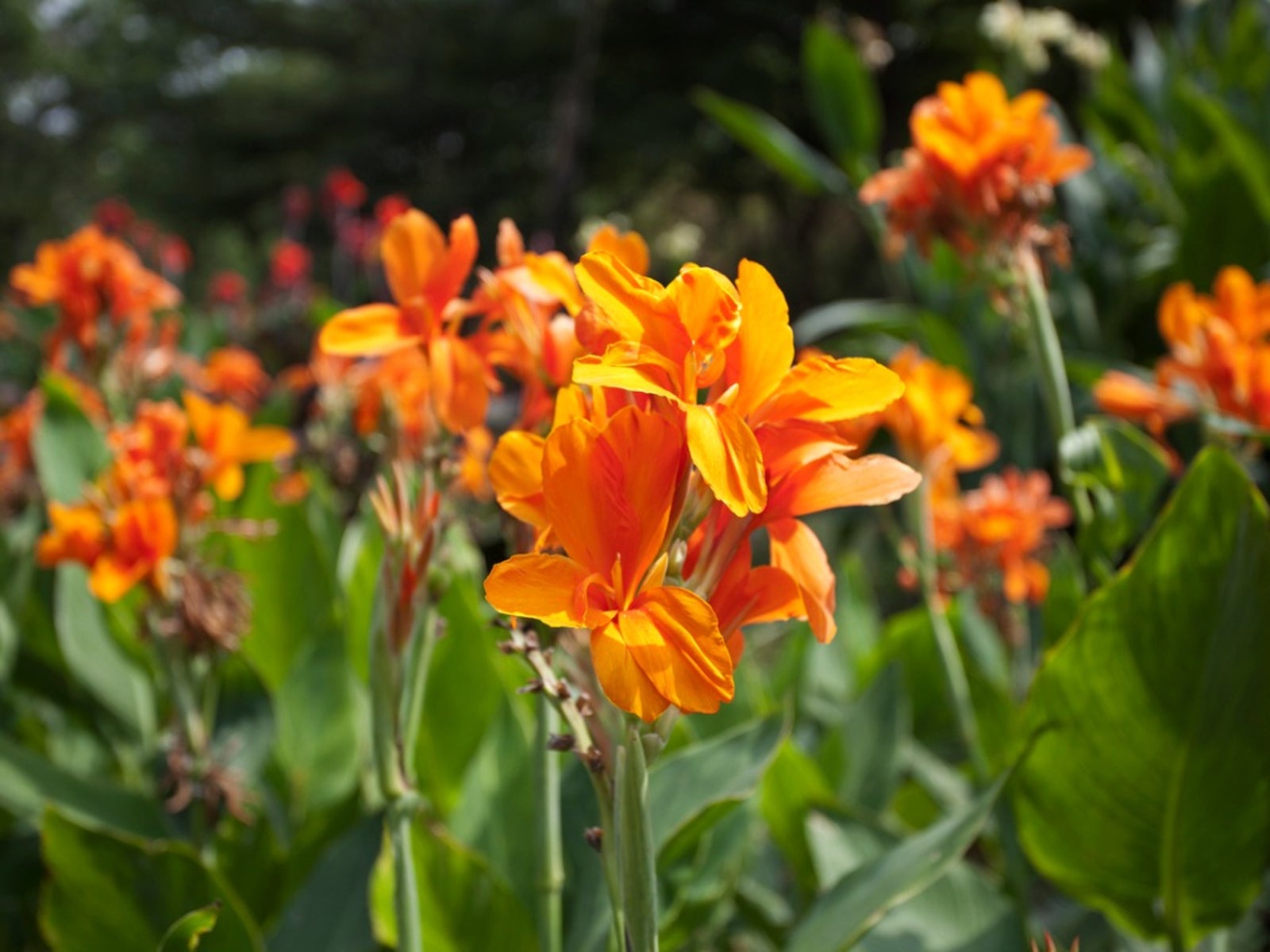 Canna Mosaic Virus: Dealing With Mosaic On Canna Plants
Canna Mosaic Virus: Dealing With Mosaic On Canna PlantsCannas are beautiful, showy flowering plants. Because they're such all-around winners in the garden, it can be especially devastating to discover your cannas are infected with disease. Learn more about recognizing mosaic virus in cannas and what to do in this article.
By Liz Baessler
-
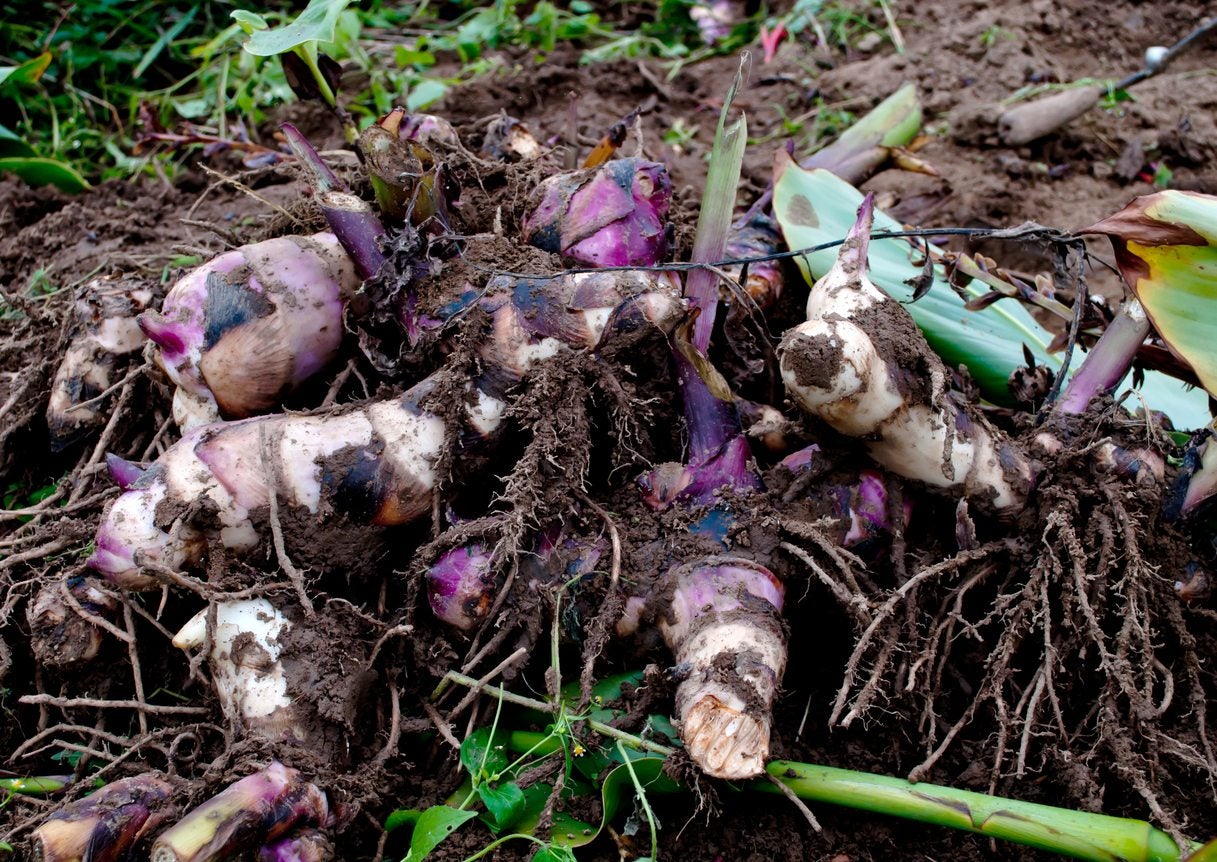 Can I Transplant Cannas: – Learn When To Transplant Canna Lilies
Can I Transplant Cannas: – Learn When To Transplant Canna LiliesIn cool climates, canna bulbs are planted each spring, then dug up in fall, divided and stored away over winter. Even in warmer climates, cannas will need to be dug up and divided every 4-5 years. Learn about dividing and transplanting cannas in this article.
By Darcy Larum
-
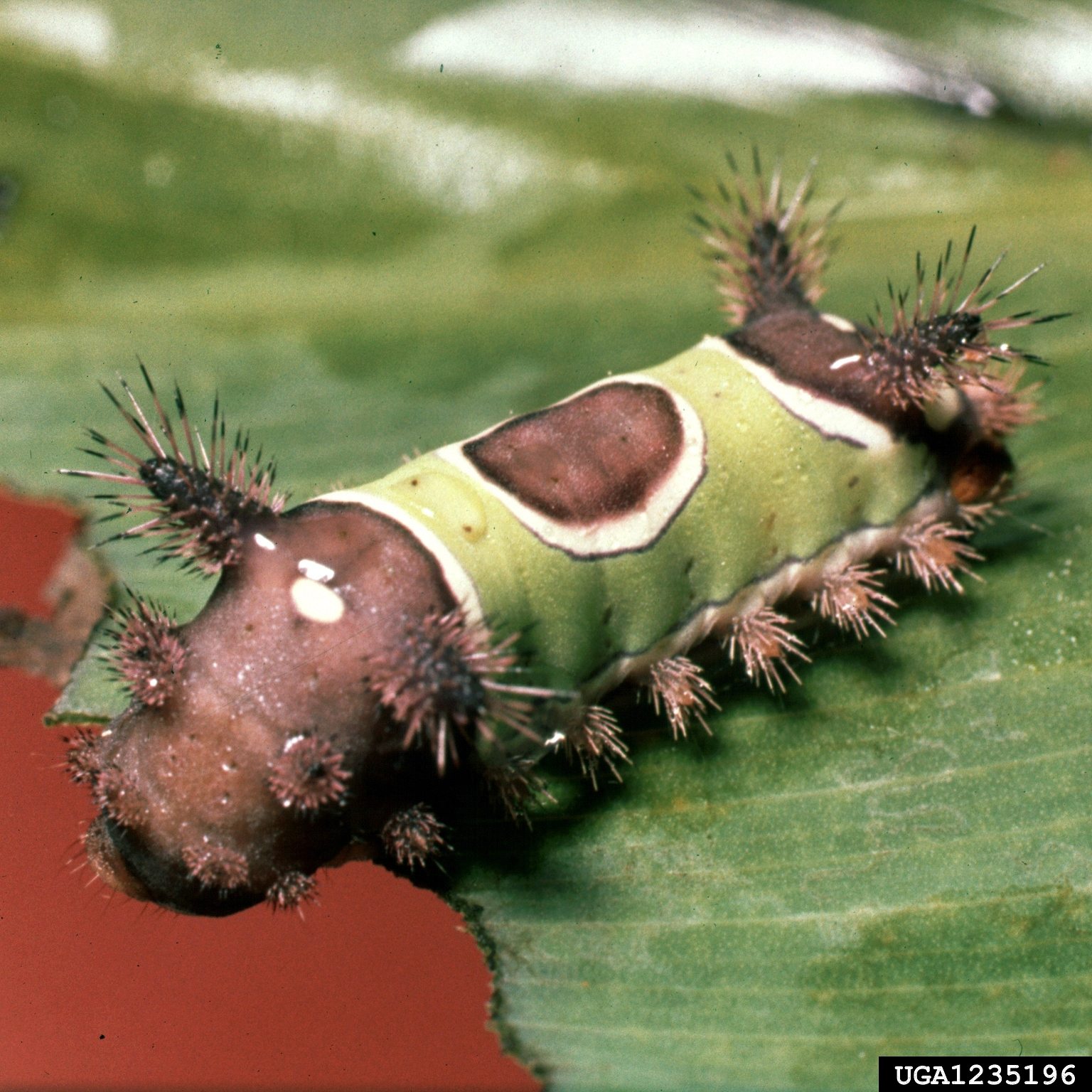 Common Pests Of Canna Lilies – Tips On Managing Canna Lily Pests
Common Pests Of Canna Lilies – Tips On Managing Canna Lily PestsCanna lily pests are rare, but their broad sword-like leaves are awfully attractive to a variety of leaf munchers. Click this article for some ideas on insects that attack Canna lily plants and how to recognize and defeat them.
By Bonnie L. Grant
-
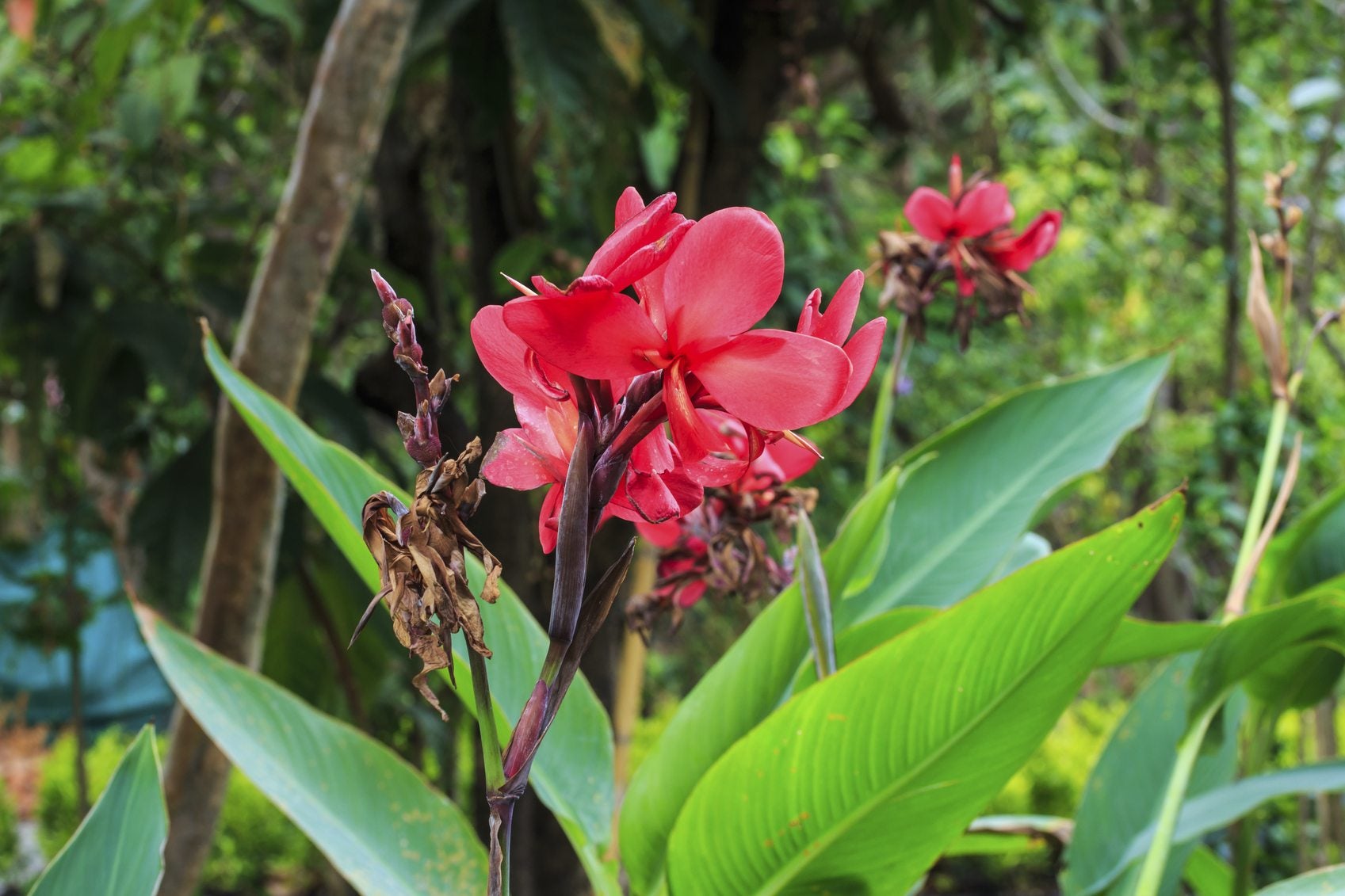 Canna Lily Deadheading: Tips For Deadheading Canna Lily Plants
Canna Lily Deadheading: Tips For Deadheading Canna Lily PlantsWhere other flowers shrivel and wilt, canna lilies thrive in the heat. But how do you ensure that you get the most out of your canna lilies with flowers all summer long? Click this article to learn more about how to deadhead a canna lily.
By Liz Baessler
-
 Canna Lily Seed Harvesting: Can You Plant Canna Lily Seeds
Canna Lily Seed Harvesting: Can You Plant Canna Lily SeedsCanna lilies are commonly propagated by dividing their underground rhizomes. But can you plant canna lily seeds too? Click here to get more information.
By Susan Patterson